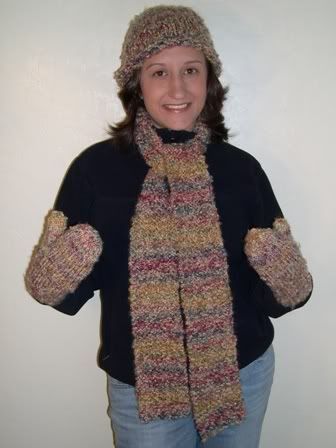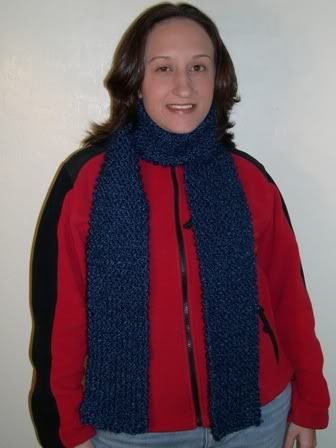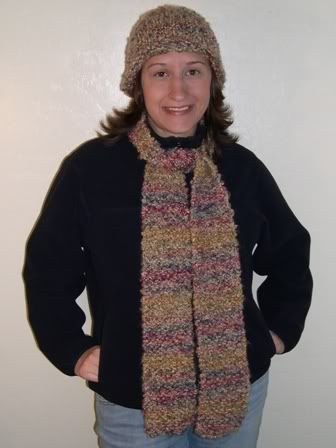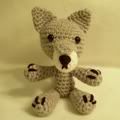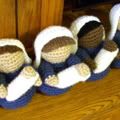I wanted to show off my Halloween pumpkin a little more, since we only had four trick-or-treaters! Here's my photo pumpkin of Captain Jack Sparrow:
I designed it myself from a photo of Cap'n Jack I found online. It's fairly easy to carve a pumpkin from a photo, but it takes a lot of time. I probably spent 2-3 hours planning and about 5 hours carving. This is my second pumpkin from an image - my first was an anime character, Vampire Princess Miyu (an old webcam photo - sorry!).
If you're interested in carving a pumpkin from a photo you can find lots of detailed instructions online (Google "photo pumpkin carving" or something like that). I did mine a little differently than everyone else. If you're curious, here's what I did:
1. I found a photo online that I liked. The photo needs to be high quality and focus on the face (because everything else will get cropped out). I don't think full body pumpkins would work very well because you just can't get that detailed with a pumpkin. The photo also needs to have good gradational shading - by this I mean that the face shouldn't be all in shadow or all "bleached" out with light.
2. I cropped the photo so that it contained only Jack's face and hair.
3. I divided the photo into three different shades: white, gray, and black. For this step, most of the instructions online have you use a photo editing program to do some fancy stuff so that you end up with three different shades in the photo (black, white, and gray). You do this because it will tell you which part of the pumpkin to carve out completely (white); which part to carve just the skin off (gray); and which part to not carve at all (black). I tried the color tone adjusting method but I wasn't happy with the result. Maybe I wasn't doing it right, but it made way too much black and the photo lost most of it's definition.
So instead I didn't adjust the photo at all - I just printed a full 8 1/2 by 11 print of the cropped photo in grayscale. You may have to adjust the print size of the photo depending on the size of your pumpkin. I then used colored pencils to outline the areas that I thought should be white, gray and black. I used a different color for each shade. This took quite a while and is probably harder than the color/tone adjustment method, but I was happier with the results.
One thing to consider when determining which parts to carve is the structure of the pumpkin - you have to make sure that all the gray and black parts are connected to one another. You can't have a black or gray area floating in the middle of a white area - when you try to carve it, you'll end up with an uncarved piece in the middle of a completely carved area - there won't be anything to keep the uncarved piece there. The only way this can be done is if you wire the uncarved piece in place (which can end up looking funny if you're not careful). It's better to make sure that all uncarved pieces are supported, even if you have to modify the pattern a bit.
4. Next I taped the pattern to the pumpkin and used a poker to poke along the lines I drew with the colored pencils. Be careful not to destroy the pattern durning the poking process, because it will be needed for reference later when carving!
5. After I had poked all the lines (it took a really long time) I went back and "connected the dots" using a permanent marker and keeping an eye on the original pattern as reference.
6. The next step is to cut open the top of the pumpkin and clean out the insides. I don't think I need to explain this part in detail. I spent a lot of time cleaning out the "guts" on my pumpkin because I didn't want them showing through the front.
7. And it's time to carve! I used a pumpkin carving kit from the store to do most of it. They really work much better than regular knives (especially for detailed stuff) because the serrations on the pumpkin blades point away from their handles and so enter the pumpkin more easily.
I started by carving out the largest white areas. The white areas will have all the pumpkin completely removed so all the light can shine through. If you look at the photo you will see that these were the highlights on his cheeks, glare on the forehead and nose, his lower lip, parts of his neck and his hair beads. I then carved out the smaller white areas - the whites of his eyes, the reflection on his pupil, and the stick-thingy sticking out from the hair on the left side of his head (I think it's a shell).
8. After all the white areas were carved, next I carved the gray areas. For the gray areas, only the the skin of the pumpkin is removed - the flesh is left. This lets some but not all light come through and makes these areas darker than the white areas but not as dark as the black areas. For me, removing the skin was the hardest part of carving the pumpkin. I could not get a knife to do the job and ended up using an exacto blade to remove small pieces a bit at a time. There is probably a better way of doing it, but I couldn't think of it!
The gray areas on the pumpkin were his head scarf, highlights on his hair, and the shadows on his cheeks, chin, neck, and nose.
9. Lighting and clean up. At this point, the pumpkin was pretty much carved! To light it, I cut a small hole in the lower back of the pumpkin (large enough to fit an extension cord plug through), saving the cut-out piece. I ran an extension cord through the hole and replaced the cut-out piece of pumpkin, after making a notch in it for the cord. I then plugged an uncovered night-light (4 watts) into the extension cord inside the pumpkin. I wanted a stronger light than a candle so that enough light would go through the "skinned" parts of the pumpkin. I then took the pumpkin into the bathroom and cleaned it up, lighting it up and turning off the lights to make sure that there were no stray pumpkin bits hanging around in the carved areas. And ta-da, finished!




